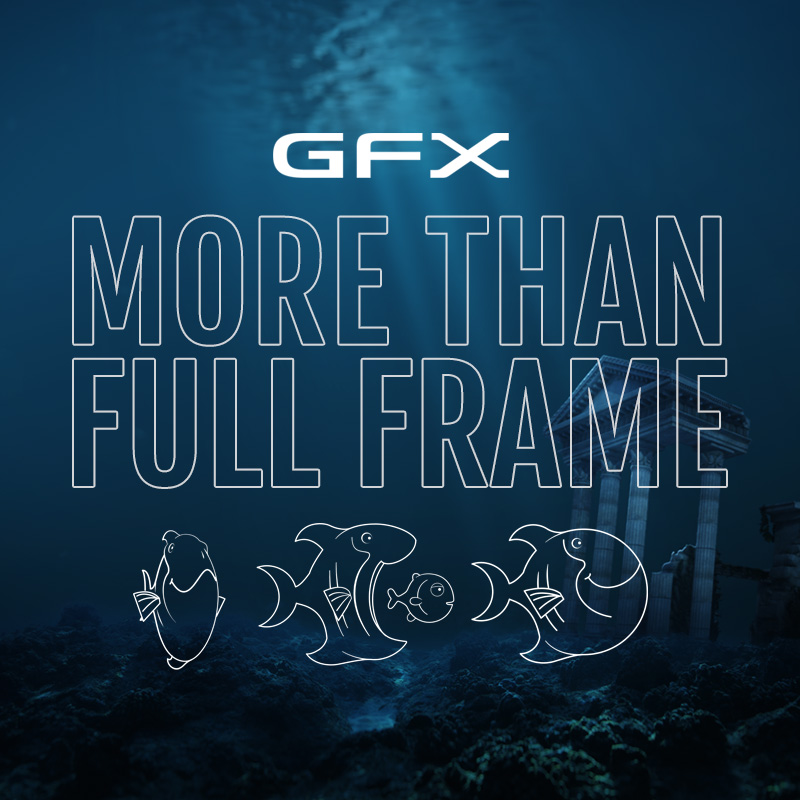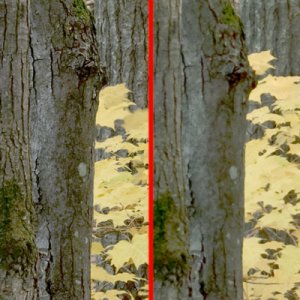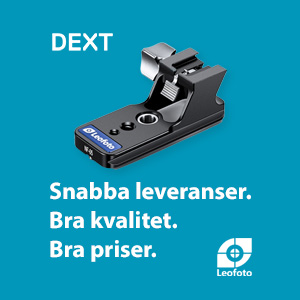Jag har nu läst vad Eric Fossum har skrivit genom åren på dpreview. Hur jag har kunnar missa denna mans kunskaper och svar är obegripligt med tanke på att Eric skrev första gången på dpreview för mer än tre år sedan.
Här får man en intressant genomgång av de olika sensorernas styrka och svagheter, CMOS, CCD, Foveon mfl. Olika myter betas av.
Vem är då Eric?
http://www.ericfossum.com/
Erik Fossum är upphovsmannen till dagens aktiva cmos, dvs till den sensortyp som vi finner dagens cmos bestyckade SLR kameror ner till mobiltelefoner.
Det finns kommentarer angående Nikons första egna CMOS inte blev så bra i jämförelse med Canon och varför Nikon nu med hjälp av Sony har lyckats.
Får jag föreslå er alla som är intresserade att vandra genom Erics svar
http://forums.dpreview.com/forums/postersprofile.asp?poster=hhiyigilhuiv
Jag har kopierat några få svar som jag finner intressanta. Tyvärr verkar Eric inte medverka så mycket längre på dpreview, hans senaste svar är 5 månader gammalt.
While backside illumination has been around a long time for CCDs, and has been investigated for CMOS image sensors, the key aspect of this announcement is that the process has been developed for volume manufacturing for consumer application. This has never been done before and is a major achievement by TSMC in Taiwan - the foundry for Omnivision. The trick is to get the process under such stringent control that the yield is high and the cost is low.
Backside illumination will have benefits at all pixel sizes, but is most important for smaller pixels. Improved QE (SNR) and CRA are two of the main benefits. The high volume of camera phones, and to a less extent, compact DSCs, will make the R&D investment pay off.
I would consider this announcement as REAL and NEAR FUTURE. All major sensor suppliers are working on backside illumination and Omnivision has fired the first salvo in this PR game.
Additional problems remain for pixel size shrinkage (e.g. dynamic range and SNR) and there remain fundamental problems with backside illumination such as instability under UV exposure and bias control, but perhaps Omnivision has made progress on these issues as well.
-Eric
> Roland Karlsson wrote:
>
> In a future sensor(when it is a pure photon counter- and that will
> happen - mark my words) - then higher density will always mean higher
> image quality. All photons are collected - and the better you know
> the position - the better the image quality.
I don't see how anyone could possibly argue with this. If you can count every photon that hits the sensor and record its position (and wavelength!) it would be hard to imagine a better sample of the photon field.
Anyway, I am working on this sort of thing. I think the real question is what do you do to post process your picture. One approach is a "digital film sensor" as I have mentioned in past posts. See slides 68-89 more or less of the presentation on my website if you are interested:
http://www.ericfossum.com/... ...st%20Present%20and%20Future%20Jan%202008.pdf
When we figure out the detector, I will let you know. heh.
Anastigmat wrote:
> From what I have read, CCDs require expensive fabrication equipment
> (that is why there are only a few CCD makers world wide) whereas CMOS
> sensors can be made on the same assembly lines as other silicon
> chips. Nevertheless, over time and many units manufactured, the CCD
> equipment eventually becomes amortorized.
>
> I think CMOS has the advantage of being cheaper to make in small
> batches.
Sorry, this is not correct. CCDs and CMOS use the same equipment, and the quipment tends to cost according to line width. The cost of making the sensor includes the equipment cost per fab step (divided by number of sensors to pay off the capex), the number of steps, materiel, yield, and the engineering time required to keep the line going (and other smaller costs).
Generally, CCDs can get by with larger line width equipment than CMOS for a given pixel size, so in principle, CCDs should have some cost advantage. But this is ameliorated by yield, and of course, volume.
With a CMOS image sensor you dont have to pay for extra driver chips and separate ADC chip, etc. So this weighs in on the CMOS side of things.
I don't think the cost difference between CCD and CMOS is a big factor in selection for a DSLR, as I said before.
-Eric
Osku wrote:
>
> DuncanM1 wrote:
> > CMOS has one advantage over CCD, and that is the ability to read out
> > the sensor at a higher data rate. The quest for higher frame rates is
> > driving the DSLR market, which in turn is driving the development of
> > high frame rate, low noise CMOS sensors.
>
> So you mean there is a technical reason why the CCD technology can
> not be developed / pushed to perform faster? (Speed is nothing I am
> myself after, but many do want speed, nothing wrong with that but for
> me that has nothing to do with photography).
>
> --
> Osku
Yes, and no. Actually a long time ago (8o's, pre JPL days) we made the world's fastest CCDs running at over 1 GHz. But, we had to use GaAs and not Si so they would not have been useful for photography. CCDs require high transfer efficiency as you clock out the charge. To clock quickly requires high electric fields and hence higher voltages. the entire CCD looks like a capacitor so that you get CFV^2 power dissipation....not a good thing (V=voltage, F= frequency).
Also, it is hard to make large CCD pixels that are clocked fast, again, for charge transfer efficiency reasons.
Charge transfer efficiency is the Achilles heel for CCDs. Also applies to radiation hardness.
In the past, CCDs had the advantage of better sensitivity. This is no more because CMOS and CCDs can use almost the exact same photodiode structure, front or back illuminated.
CCDs also had the advantage of lower dark current. This is probably still true but from a consumer point of view, they are equivalent, and from a scientific point of view, it is just the difference of a few degrees in cooling requirement.
It is slightly easier to build a small CCD pixel compared to a CMOS pixel, but that also has pretty much gone away. Pixel sizes for both are now pretty much limited by sensitivity and to a lesser degree, charge handling capacity.
I am not sure there is a significant cost advantage of CMOS over CCD, but all else being equal or "good enough" then cost becomes important.
Of course CMOS retains the advantage of lower power and high levels of integration. The latter is not so important for DSLR cameras.
And if it wasn't clear from above, CMOS sensors can easily be much faster than CCDs.
-Eric
I would divide sensor types into passive pixel and active pixel. The CCD is a passive pixel (no amplifier in the pixel).
CMOS, CMOSx3 (Foveon), LBCAST and several others (CMD, BCMD, etc,) are all active pixel sensors. The details are in how you build either the photodiode (x3) or the amplifier (MOSFET, JFET, etc.)
As important as product differentiation is for the camera makers, you cannot escape the fact that the more people that work on any one technology, e.g. CMOS now (CCDs, before) the faster the rate of progress and the more "a rising tide floats all ships".
I suspect that LBCAST, while not intrinsically inferior, suffers because it is Nikon's pet technology and the only advancement will come from Nikon engineers. That is a limitation that can really hurt you in consumer electronics.
-Eric
Actually CMOS has been outperforming CCDs for a while now. This is why Sony is switching over to CMOS (they are building a $1B plant for CMOS image sensors) and why you now see CMOS in almost all high end Sony products.
It is also very difficult to clock CCDs at much more than 50 MHz per channel (2 channels per chip, usually). This limits CCD output rate to about 100Mpixels/sec. In practice, 30 MHz is about the limit for CCDs.
CMOS image sensors typically get clocked out at about the same rate per bit, but having multiple taps is easy with on chip ADC. CMOS sensors going up to 1Gpixel per second have been made for some time.
Just wanted to straighten you out.
-Eric
It is hard to beat big pixels and big lenses when it comes to imaging performance. I guess you are worried that the more compact DSLRs will disappear over time. I am clueless but it sure will be interesting to watch the market develop over time.
My only comment to Ron's comment is that reticule sizes are growing as part of the memory chip roadmap and stepping a full frame image may already be feasible...I am not sure.
-Eric
And yes, I think Sony, Samsung or Micron could easily produce sensors that performed as well or better than Canon's. The problem is that even if Samsung, say, was successful, would the leverage obtained in the DSLR market be worth the sensor development cost? For Micron, it is harder to make the case because there is only so much they can charge per sensor. (And this is even worse for Foveon being fabless and someone else taking a slice of the revenue).
Seems to me that Sony has looked at this and decided that yes, it is worth the sensor development cost and they are heading in this direction.










